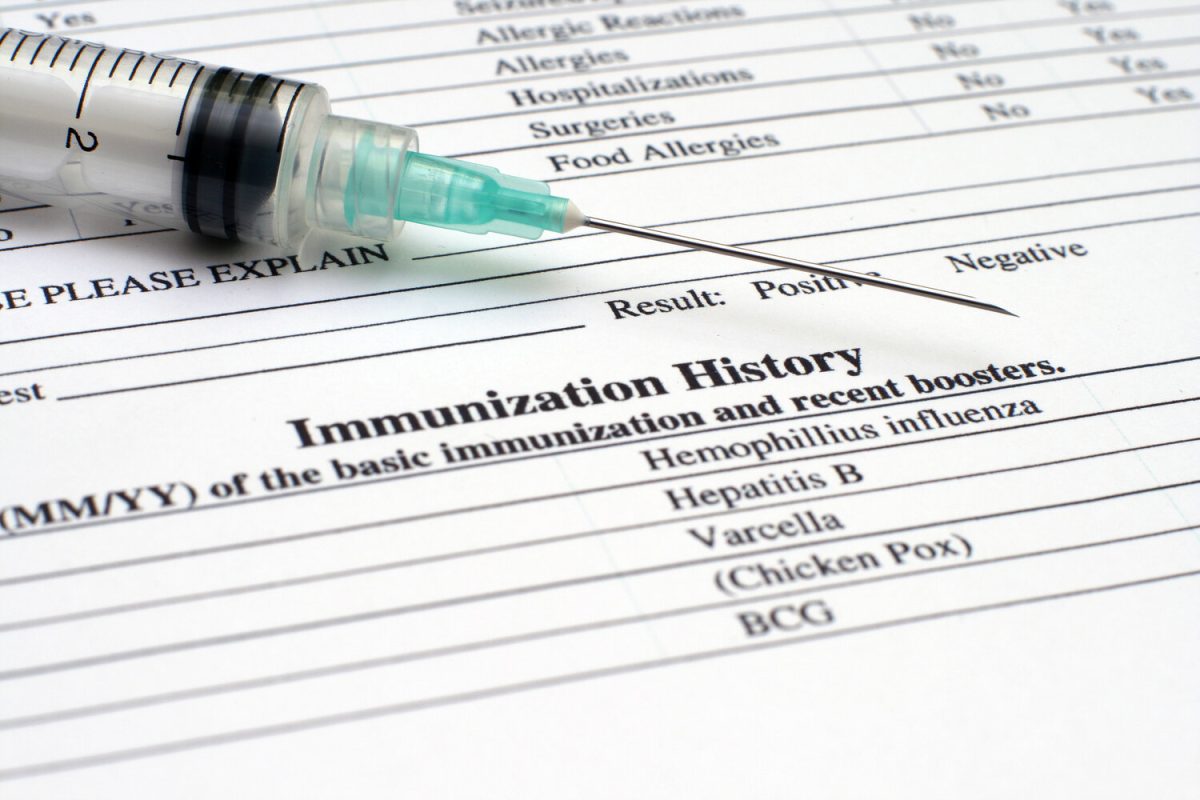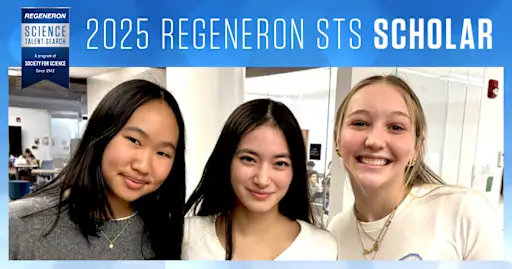Vaccines stand as a cornerstone of modern medicine, representing one of humankind’s most impactful innovations in the field of public health. The first forms of immunization date back to the late 1700s. Since then, vaccines have saved millions of lives and prevented dozens of fatal diseases, as well as paved the way for transformative advancements in medicine. Mainly, vaccines build the body’s natural defense against pathogens through the injection of weakened or inactivated pathogens, which stimulates the immune system to produce antibodies to fight off the pathogen. If the host is to be infected with the same pathogen again, the body then has the ability to prevent the infection from causing harm by producing mass amounts of specific antibodies. This fundamental principle of inoculation has been the key to developing vaccination methods that are safer and more accessible.
Diseases have existed on this planet for millions of years, killing millions of people each year. In historical times, disease treatment ranged from draining blood to rid the disease, to consuming mercury, proclaimed to provide eternal life for the consumer. During the 1700s smallpox epidemics, basic treatments served as the foundation for future inoculation methods, ultimately leading to the development of modern vaccines. At first, contaminated patients were treated with a cold towel and beer; they were left in rooms with no fire and the windows open. Then began the practice of variolation, where people would inhale tiny amounts of smallpox sores, resulting in lower mortality rates and milder symptoms. When this concept was brought to Europe, Dr. Edward Jenner attempted to inoculate 8-year-old James Phipps using ground cowpox sores—cowpox being a disease similar to smallpox yet having a lower mortality rate. Once the child made a full recovery, he was exposed to smallpox and remained in peak health, thus becoming the first person to be vaccinated. Nonetheless, these vaccines were not completely effective and had a major flaw: they did not provide lifelong immunity. As a result, even after Jenner’s vaccination methods spread, new cases of smallpox soon began again.
Following Jenner, the field of vaccine development achieved many milestones. One essential figure in the field of virology was Louis Pasteur, a biologist known for his contributions of microbial fermentation and pasteurization to the field of microbiology. At the time, people believed in spontaneous generation, or the idea that living organisms, and thus microbes, could appear out of nothing. However, Pasteur was the first to prove that life does not arise spontaneously, and infectious pathogens must be caused by microbes. Through his experiment of boiling broth in a swan-neck flask, he set a base for scientists to begin containing and preserving diseases to be studied. Another key discovery in the development of vaccines was the use of inactive pathogens rather than live ones in vaccines. During the polio outbreaks in the mid 1900s, the first oral and injectable vaccines were created by Dr. Albert Sabin and Dr. Jonas Salk. While Sabin created conventional live-virus vaccines that were orally ingested, Salk took a different approach. He believed that the use of inactivated polio would be a safer alternative to Sabin’s vaccine, as the vaccine would be incapable of infecting the patient yet still building internal immunity. This proved to be a revolutionary method of vaccination for certain diseases. In all, these milestones have led to a healthier world today, but this path to advanced vaccines had its setbacks as well. In the 1950s, after Salk released his vaccine, Cutter Laboratories was trusted to safely manufacture these immunizations. However, it was later confirmed that Cutter Laboratories had followed procedures poorly, efficiently inactivating the virus. This led to more than 40,000 cases of polio, all of which were in children.
Overall, vaccines have made significant strides towards preventing diseases. Today, vaccines are safer and more effective than ever—in fact, the average life expectancy has increased from about 47 to 80 years due to the development of vaccines, as well as other societal factors such as improved nutrition. Most recently, the world was in lockdown due to COVID-19, a dangerous and highly contagious disease. However, due to past technological advancements and knowledge accumulated over decades, a vaccine was formulated within nine months of the first COVID-19 outbreaks, a notable difference from the polio vaccine that took decades to develop. The COVID-19 vaccines developed by Pfizer and Moderna were messenger RNA (mRNA) vaccines, offering a more targeted immunity as compared to traditional vaccines. mRNA is an RNA necessary for protein synthesis. When an mRNA corresponding to a viral protein is introduced to the human body, cells use it to produce foreign proteins. Once the immune system recognizes the existence of those proteins, it immediately begins producing antibodies that will recognize and destroy the disease in the future, before the disease can cause major harm. mRNA vaccines are especially favored due to the speed at which they can be prepared. For attenuated and inactivated vaccines, scientists have to grow large amounts of the disease and either weaken or kill them, a tedious process that may take months. However, mRNA vaccines are generally quickly created and produced because the manufacturing process does not require the use of cell cultures to grow the disease.
Interestingly, vaccines can even be applied in other areas not related to pathogens, such as allergies. In essence, when a person receives allergy shots, he or she is being injected with increasing amounts of the allergen. A tolerance to the allergen develops, which eventually leads to a reduction of the patient’s allergic symptoms.
Vaccines are, and will continue to be, a significant part of public health—they’ve minimized the chances of future pandemics and saved millions of lives throughout history. With the continuous development of medical technology and research, scientists have become well-versed in disease processes and their management modalities. Overall, each immunization we receive today reflects centuries of extensive research and experimentation. It is crucial to continue supporting vaccination efforts for a safer, healthier world for generations ahead.
Categories:
Inoculation to Innovation: Navigating the Past, Present, and Future of Immunization
Immunization history
0
More to Discover







